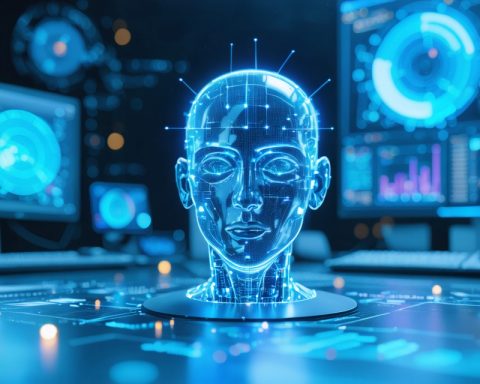In today’s fast-paced world, innovative AI technologies are reshaping the landscape of pet care, offering a glimpse into an era where artificial intelligence becomes an indispensable part of your pet’s life. As pets are increasingly considered family members, their well-being and happiness gain paramount importance. AI pet care is poised to revolutionize the way we nurture our furry companions, enhancing their quality of life alongside ours.
AI-powered devices and applications now monitor pets’ health, behavior, and even emotional states with unprecedented accuracy. Smart collars equipped with sensors track activity levels, sleep patterns, and vital signs, alerting owners to potential health issues before they become severe. This proactive approach ensures timely intervention and peace of mind for pet owners.
Another exciting advancement lies in AI-driven nutrition. Intelligent feeding systems analyze individual dietary needs based on breed, age, weight, and activity level, customizing meal plans for optimum health. These smart systems provide balanced nutrition and accommodate specific dietary restrictions or preferences.
Additionally, virtual pet trainers employ AI algorithms to offer behavior training tips and real-time assistance. These trainers can identify behavioral issues early, offering corrective solutions and fostering better understanding between pets and their owners.
As AI pet care continues to evolve, concerns about data privacy and the ethical implications of AI in domestic settings have sparked discussions. Yet, the potential benefits—ranging from improved health and extended life spans to enriched bond with pets—make this an exciting development in the realm of pet care. With AI as a trusty partner, the future indeed looks brighter for our beloved animal companions.
How AI is Quietly Transforming the Veterinary Landscape
Artificial intelligence is not just enhancing pet care on a household level; it’s also transforming the veterinary landscape in surprising ways. Today’s AI advancements are touching lives globally by integrating into veterinary practices, bringing both challenges and opportunities. But what exactly does this mean for people, communities, and countries?
Emerging Technologies in Veterinary Medicine: AI is emerging as a crucial companion in veterinary diagnostics. For instance, AI systems can now analyze X-rays and other diagnostic imaging with remarkable precision, drastically reducing waiting times for results. This immediate analysis is not only a time-saver but is life-saving, especially in emergency cases.
Unraveling Controversies: As AI becomes more deeply embedded in animal healthcare, concerns about job displacement among veterinary professionals rise. Will AI eventually replace human vets? While unlikely, it does create a situation where training and skill diversification become critical.
Global Impacts: In less developed regions, high-tech AI tools can offset the shortage of skilled veterinary professionals, making quality care more accessible. However, the affordability of these technologies remains a challenge in economically strained areas.
Advantages: Increased diagnostic accuracy, faster treatment, cost efficiency, and reaching under-served populations. Disadvantages: Privacy concerns, risk of over-reliance on technology, and economic inequalities in access.
Overall, more discussions are needed as AI progressively changes the dynamics of veterinary medicine. The key is striking a balance that maintains ethical care standards while embracing these revolutionary tools.
For more on how technology is changing veterinary medicine, visit CDC and WHO.








